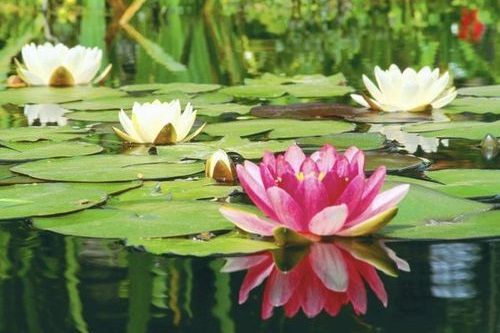The Cultivation of Aquatic Plants - What You Need to Know

When raising aquatic plants in outdoor ponds, it is important to consider the amount of light available, the depth of the pond, the kind of soil, and various other factors. Since most aquatic plants obtain nourishment from the soil, it is necessary to have a soil rich in organic matter. In most natural ponds the accumulation of humus at the bottom is excellent for plant growth. In some ponds, however, the bottom consists largely of sand or gravel that must be covered with a thick layer of rich soil. If the pond is very large, it is often easier to root the plants in earth-filled boxes or pots than to place a thick layer of soil over the entire bottom of the pond. Most aquatic plants require large amounts of light and should not be grown in shaded areas. In some regions, it is also important to protect the plants from strong winds by growing shrubbery or other windbreaks near the edge of the pond. The depth of the water should be determined by the size of the plants. In many cases,...
